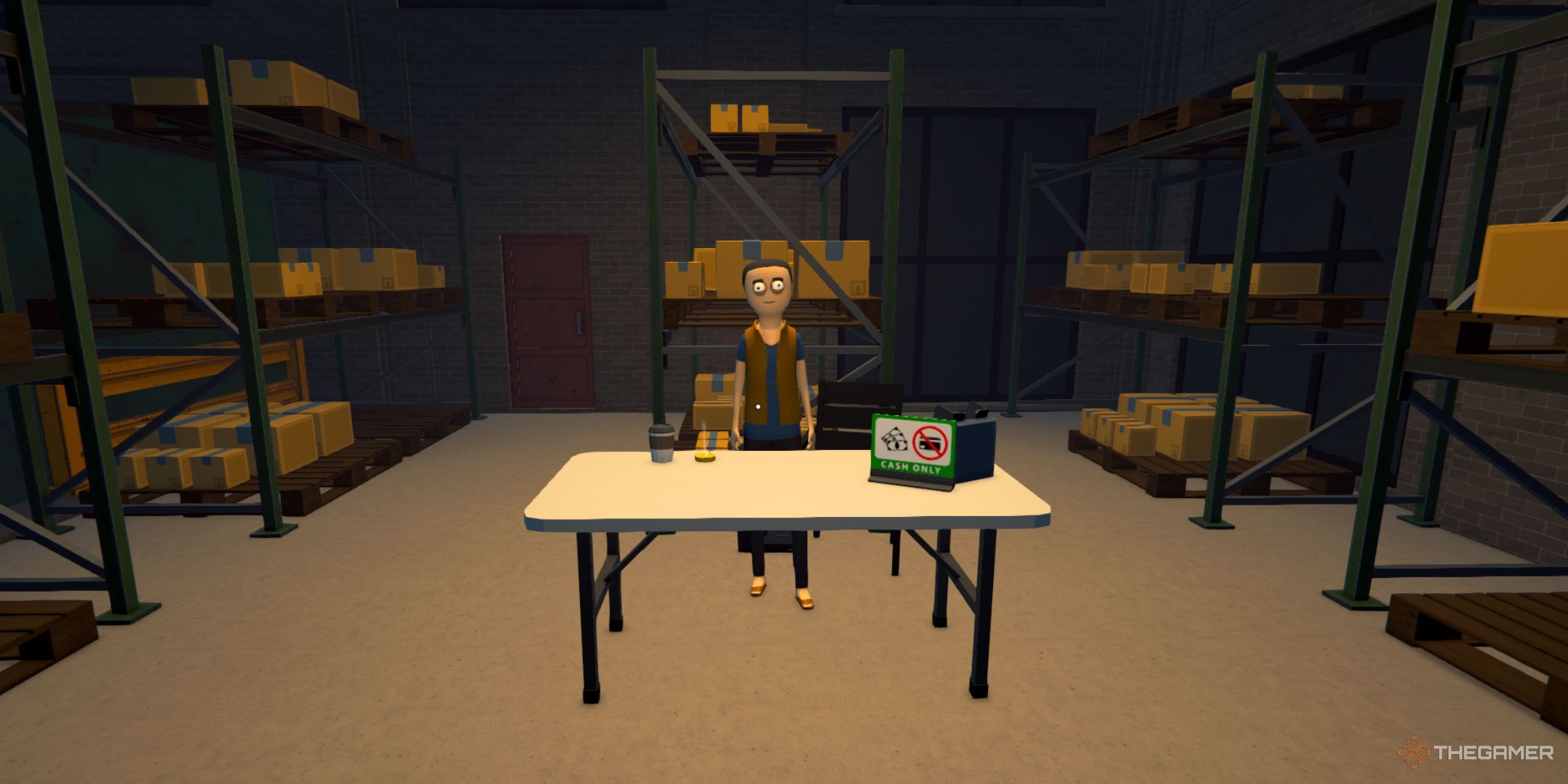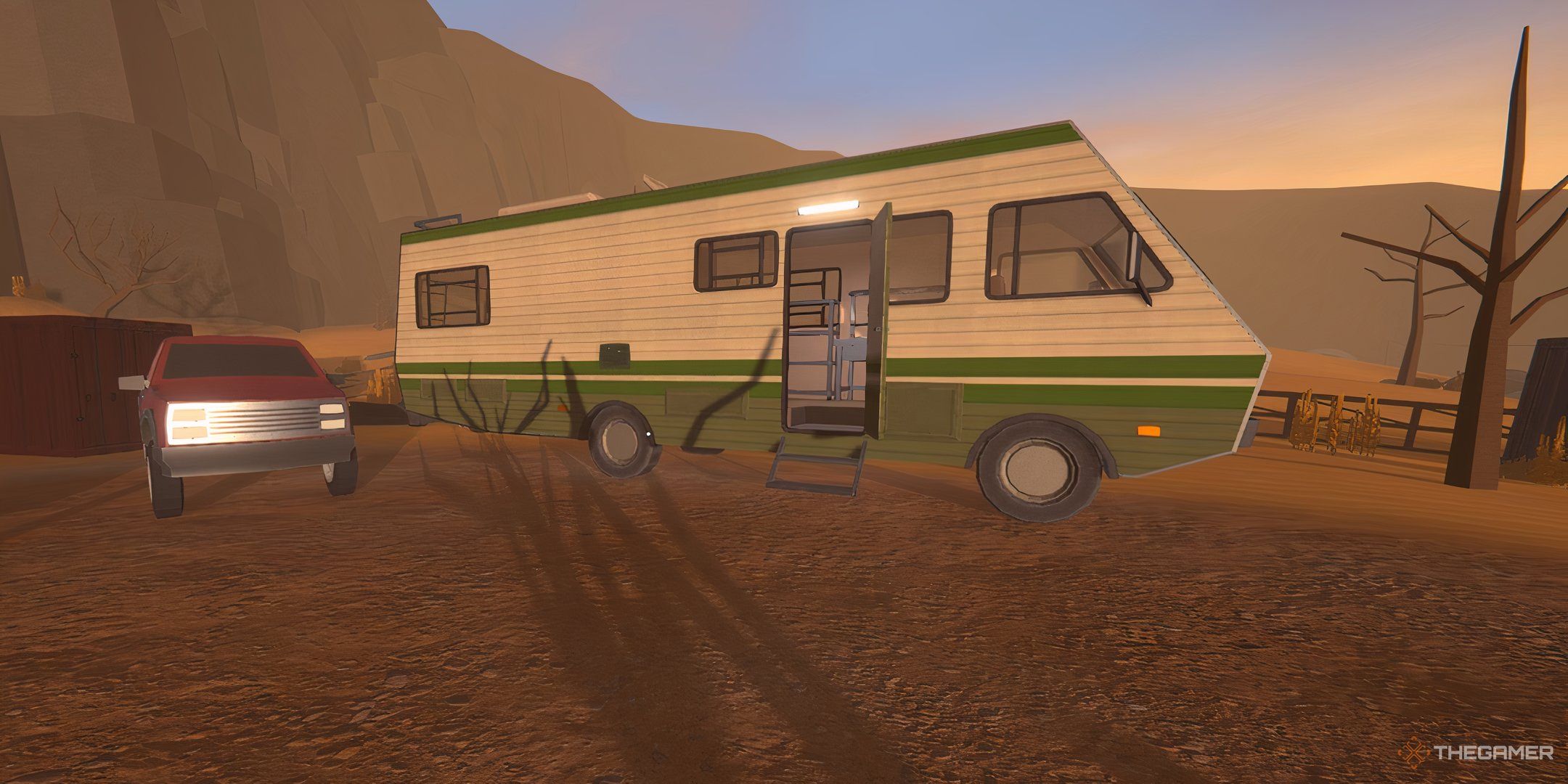Schedule 1 is all about making products and supplying them to the people of Hyland City. As your business grows, you’ll have to rely on more hands to automate the production and handling to maximize productivity and profit. However, while hiring workers is fairly easy, making use of them can be difficult.

Related
Schedule 1: How To Upgrade Your Planter
If you want to get more product from each seed you plant in Schedule 1, you’ll have to upgrade your planters.
The Handler is one of the types of workers that you can hire for your business. Handlers specialize in moving products from one place to the other and managing the packaging stations. It can get a little complicated to manage how a handler works, but this guide will help you with exactly that.
How To Hire A Handler
You can hire a handler by talking to Manny on the first floor in the warehouse near the Pawn Shop. Manny will ask you for $1,000 as a signing fee and will let you know that the daily wage of a handler is $200, and you’ll have to pay that to the handler if you want them to work for the day.
Keep in mind that workers need to be assigned to a bed.
If it’s your first time hiring a worker, Manny will give you a journal, which can be used to manage any worker. After paying the signing fee, the handler will show up at the desired property.
If the property where you want the handler to work doesn’t show up as an option while talking to Manny, it means that you’ll have to place an extra bed on the property.
How To Use A Handler
You’ll have to make use of your journal to give commands to the handler. Select the journal from your inventory and then approach the handler to manage them. In the managing menu, you can assign the handler to up to three packaging stations where they’ll be working, as long as you have packaging and product available at the station.
Now, here you can do a lot more. You can assign the handler to bring the product from one location to the next or from another type of station to the packaging station. You can also have the handler pick the products and packaging from shelves and deliver the output product to another shelf.
Setting Up Routes
The route section is where you’ll have to do the most planning. You can assign up to five routes to one handler at once. Routes are basically commands that your handler can fulfill if certain conditions are met.
If you want your handler to pick a product from a station or shelf, then select it as the starting point of a route. After that, you’ll have to select the destination on the route where you want the product to be delivered.
The following routes are a basic example of setting up a system where the handler picks up the packaging and the products from shelves and delivers the packaged product to another storage shelf:
|
Handler Routes Example |
||
|---|---|---|
|
Route Starting Point |
Route Destination Point |
Description |
|
Large Shelf A |
Packaging Station |
Fill the entire shelf with packaging. As soon as the packaging station runs out of baggies or jars, the handler will automatically go and pick up the packaging from there. |
|
Large Shelf B |
Packaging Station |
Put all the products that you want to package onto this shelf. The handler will pick the product from here and then bring it to the packaging station. |
After giving the handler the required commands, you’ll have to bring out your journal and target the packaging station with it.
Open the packaging station’s management menu and select a destination. Once you’ve done so, the handler will pick the finished product from this station, bring it to the selected destination, and resume the work.
In case your handler isn’t working as intended, make sure you’ve assigned them a bed and have paid their daily wages. Handlers also don’t work late at night, so if a handler isn’t working, try to sleep for the day.
You can also go and talk to the handler to ask why they’re not working, and they’ll let you know if it’s because there’s nothing for them to do or if there’s any other reason. If everything is good, but the handler still doesn’t seem to work, then you’ll have to review the routes and stations to see if there’s everything the handler would need to start their work.

Next
Playing Schedule 1 with friends can be a challenge to figure out at first.













Leave a Reply